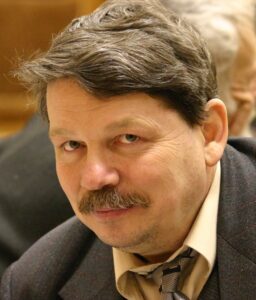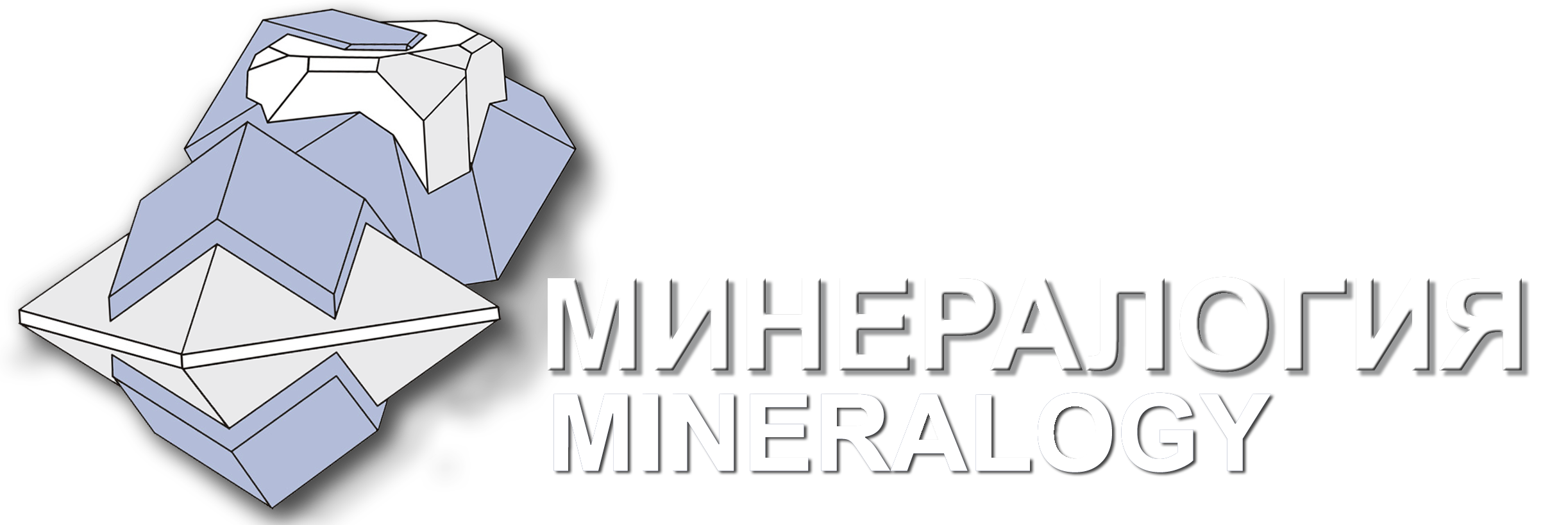Editor in chief

Corresponding Member of the Russian Academy of Sciences, Professor, Laureate of the Russian Government Prize.
Valery Maslennikov was born on May 14, 1958 in Nizhny Tagil, Sverdlovsk region. In 1980, he graduated from the Sverdlovsk Mining Institute with a degree in Geological Survey, Prospecting, and Exploration of Mineral Deposits. In 1986 he defended the thesis “Stratigraphic and lithological control of massive sulfide ores” for the degree of the Candidate of Geological and Mineralogical Sciences. Since 1986 Valery Maslennikov is working at the Laboratory of Applied Mineralogy and Ore Genesis (now the Laboratory of Mineralogy of Ore Genesis) of the Institute of Mineralogy, Urals Branch,and Russian Academy of Sciences. In 1997, he defended the dissertation “Sedimentogenesis, halmirolysis, and ecogenesis of massive sulfide paleohydrothermal fields” for the degree of the Doctor of Geological and Mineralogical Sciences.
Valery Maslennikov is an internationally recognized specialist in metallogeny, lithology, mineralogy, geochemistry, and paleoecology of massive sulfide deposits. He has published more than 420 papers, including 18 monographs. His main scientific direction is related to the study of mineralogy of ore facies of volcanic-hosted massive sulfide (VHMS) and iron deposits and the elaboration of mineralogical and geochemical theories of lithogenesis of sulfide, oxide–iron, and manganese deposits from modern and ancient oceans.
The main scientific achievement of Valery Maslennikov is the development of a combined theory of lithogenesis and formation of VHMS deposits including the interaction between sedimentogenesis, halmirolysis, diagenesis, and biogenesis. Based on this theory, he developed new lithologic criteria for the forecasting the VHMS deposits.
Valery Maslennikov developed the methods of ore-facies analysis of VHMS deposits and mapping of VHMS-bearing paleohydrothermal fields in intra-arc rifts. His theory of halmirolysis and lithogenesis of polygenic sulfide, oxide-iron, and manganese deposits explains the causes of morphogenetic, ore-facies, lithological, paleoecological, and mineralogical-geochemical diversity of sulfide deposits in relation to different geotectonic settings, volcanism, and sedimentation regimes in comparison with black and gray smokers of modern oceanic rifts and island-arc basins. A multistage mineralogical-geochemical model of the formation of gold deposit in sedimentary rocks was substantiated on the basis of the results of laser ablation inductively coupled plasma mass spectrometry (LA-ICP-MS). In massive sulfide ores of the Uralian and Pontide VHMS deposits, Valery Maslennikov discovered the new species and genera of the Paleozoic and Mesozoic estuary biota, which is the ancient analogs of modern hydrothermal oases, and elaborated the criteria for the identification of fossilized fauna.
Valery Maslennikov is a leader of scientific studies in Russia supported in various years by Russian and international projects (ISF, INTAS, TACIS, DAAD, MinUrals INCO COPERNICUS, UNESCO IGCP-502, AMIRA, Presidium of the Russian Academy of Sciences, Russian Fund for Basic Research, Russian Science Foundation). He organized several international field expeditions in the Urals.
In 2003, as part of a team of scientists, Valery Maslennikov was awarded by the Prize of the Government of the Russian Federation in Science and Technology for the elaboration of scientific fundamentals for the development of ore mineral resource base of the Urals.
Valery Maslennikov pays much attention to educational activities and supervises Russian and foreign graduate students. He heads the Department of Geology at the Faculty of Geology of the South-Urals State University and lectures on the course “Geology of Mineral Deposits”. He was a supervisor of two theses for the degree of the Candidate of Geological and Mineralogical Sciences.
Valery Maslennikov is a member of the Presidium of the Urals Branch of the Russian Academy of Sciences SGA, SEG, IMA, and the Editorial Board of the Journal “Litosfera” (Lithosphere). He was invited as a lecturer and research professor to the Universities of Brest (France), Tasmania (Australia), and Freiberg Mining Academy (Germany).
He is also the laureate of the B. Skinner International Award (2011), Australian Museum Eureka International Award (2016), and A.N. Zavaritsky Medal of the Urals Branch of the Russian Academy of Sciences (2021).
H-index: 22 (Web of Science), 28 (Scopus), 34 (RCSI).
